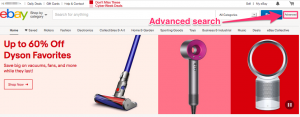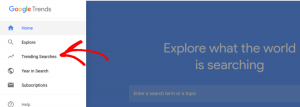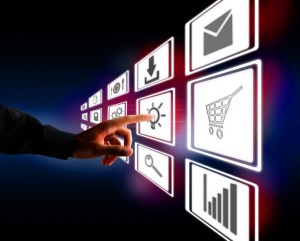Advanced authenticity analytics key to campaign success.
“A lot of our clients want to check the quality of their influencers to make sure they have the right target and understand the quality of the influencer’s audience,” said Alexander Frolov, CEO and co-founder of HypeAuditor, an AI-powered Instagram, TikTok and YouTube analytics tool that creates insights about audience and authenticity.
Influencer marketing may be the most overused, overhyped and over reported sector of the marketing industry, but that does not mean that it is being executed efficiently. Often, it is a case of inauthentic social media profiles that causes wasted time, energy and money for marketers. “The first step is to select the right influencers, and if you do not you are going to waste a lot of budget and nobody can afford that in today’s environment.”
As with all marketing decisions in the current environment, knowing the budget you have to spend on influencer marketing campaigns is the critical first step to success. However, securing the budget is pointless if influencers are not properly vetted.
“You have to spend enough time and resources checking both the authenticity and the quality of these accounts,” said Frolov, whose HypeAuditor has a database of 19 million influencers. “If they are misrepresenting themselves they are cheating you, your brand and making your budget work harder for fewer results.”
Data-driven influencer marketing
What often gets lost in the posing, posturing and popularity of influencer marketing is the importance of data in decision-making and verifying authenticity. While sifting through data to identify the proper influencer for a brand seems like a time-consuming process, it does not have to be with the proper use of martech tools.
“Our clients want to make fast-decisions on selecting influencers,” said Frolov. “We run AI to cover a lot of public information and use proprietary tools to review images and language recognition. We have to find out where user participation is and detect any fraud that may be occurring.”
According to HypeAuditor, 22% of the followers of Instagram influencers are suspicious accounts and 17% of influencers have more than 50% in inauthentic comments.
HypeAuditor recently published a report detailing a method of fraud on Instagram that takes advantage of the platform’s function of sorting comments by the number of likes. Spammers utilize posts from the largest influencers that receive millions of views by posting a comment and then utilizing bots to generate hundreds of fake likes. This allows the comment, which drives traffic to their affiliate programs like adult sites and retail sales, to be the first item viewed when looking for a post.
There are well over a dozen variables recognized as industry best practices to ensure validity of influencer accounts, including: profile review, follower verification, image verification as well as engagement and content review. To maintain efficiency and make quicker decisions on influencer engagement, marketers need to compare engagement rates and metrics against industry benchmarks, verify account authenticity and then contact the influencer to begin the engagement process.
However, no matter how planned out, influencer marketing can only reach its highest levels of efficiency if their exact role in the customer journey is identified first.
“You need attribution tools to be able to identify the influencers’ exact role in the process and so they get credit,” said Matt Gilbert, CEO of Pepperjam, an affiliate marketing technology and services company. “Attribution tools and automation are the quickest ways to scale influencer marketing campaigns so they can really contribute to the bottom line.”
Vetting for authenticity
Audience Quality Score (AQS) is a metric developed by HypeAuditor for more in-depth comprehension of an influencer’s overall quality. With a basic 1 to 100 scoring model, with 100 being the highest-quality audience and 1 being the lowest-quality audience.
While the AQS alone should not make the decision on which influencers marketers should hire, HypeAuditor strongly recommends companies avoid influencers whose AQS is 20 or below, as this is a low-quality group of influencers who do not have any impact on the level of sales. AQS is determined from 8 metrics that are split into 4 key categories:
- Engagement rate: the percentage of follows who are engaged with the influencer’s content;
- Active Audience Type, the percentage of real people among an influencer’s followers;
- Inauthentic growth: abnormal activities detected among followers; and
- Comments Authenticity: the percentage of recent comments which come from accounts that do not participate in engagement pods (private groups who engage with each other’s content to game the system).
Marketers should use as many metrics as possible to identify proper influencers, even creating internal or industry metrics based on the influencer’s visibility at industry events as well as public speaking and media appearances. Once that group of influencers are identified, then begin the authentication process, ensuring that you are measuring all influencers with the same variables to make the proper hiring decision.
“Not only do you have to ensure the authenticity of the influencer accounts, but you have to compare them to your industry peers,” said Frolov. “Authenticity and audience are always changing, but you only have one budget. Spend time up front to bring value in the occurrence and quality of your influencer marketing program and on the back-end you will benefit long-term.”
(21)
Report Post






